21+ Sample Argument Analysis Templates
-
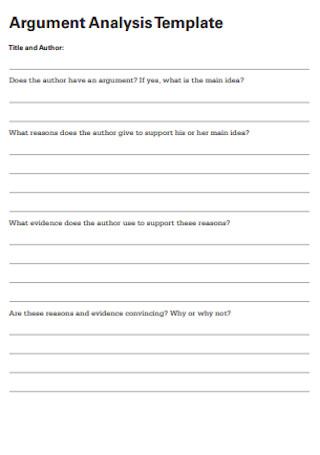
Argument Analysis Template
download now -

University Argument and Analysis Template
download now -

Construction Argument Analysis
download now -
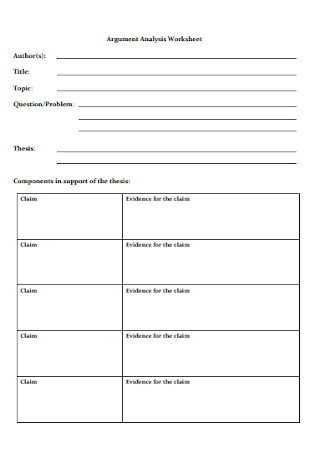
Argument Analysis Worksheet
download now -

Sample Argument and Analysis Template
download now -
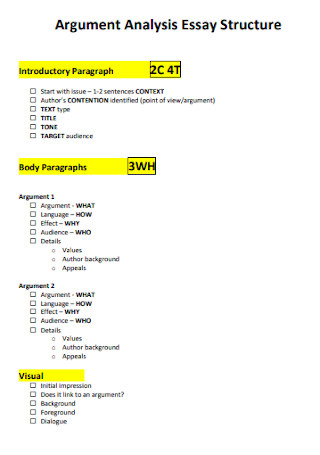
Argument Analysis Essay Structure Template
download now -
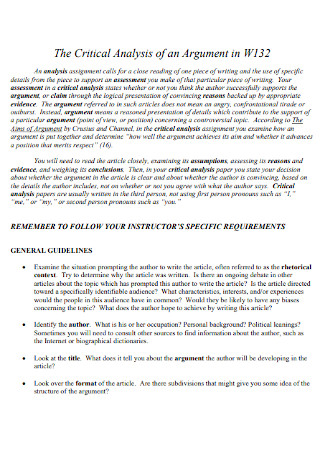
Critical Analysis of an Argument
download now -
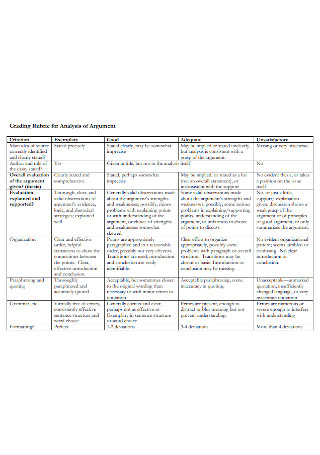
Grading Rubric for Analysis of Argument
download now -
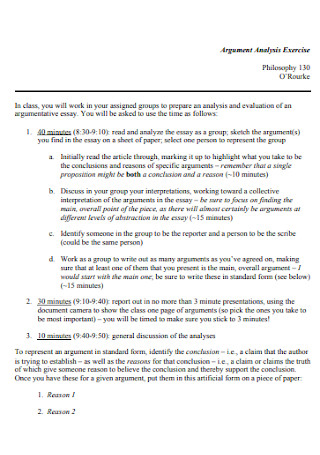
Argument Exercise Analysis
download now -
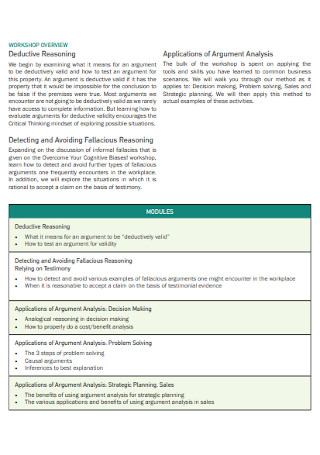
Business Argument Analysis
download now -
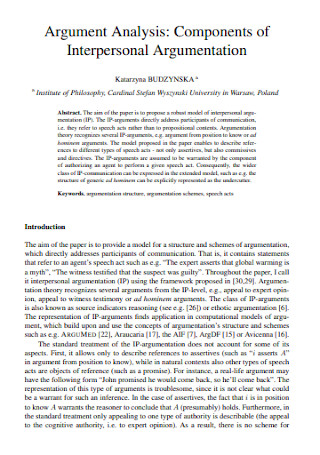
Interpersonal Argument Analysis Template
download now -
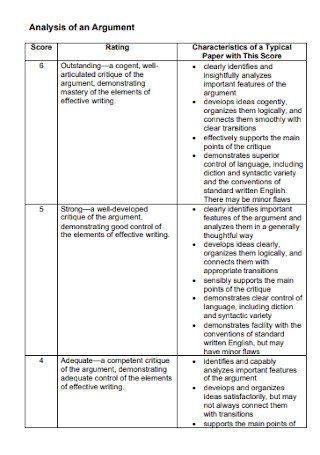
Basic Analysis of an Argument Template
download now -
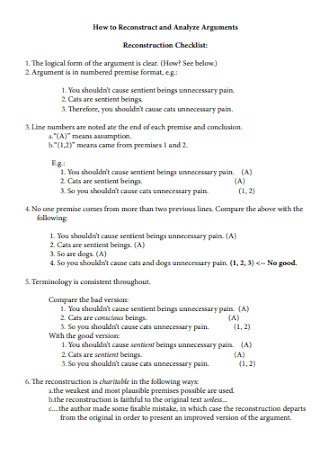
Arguments Analysis Checklist
download now -
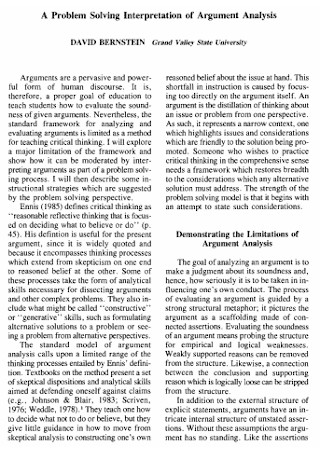
Interpretation of Argument Analysis
download now -
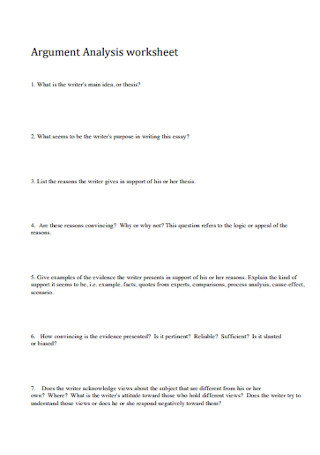
Argument Analysis Worksheet Template
download now -

Predicate Argument Structure Analysis
download now -
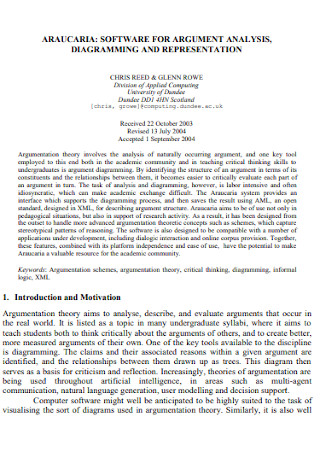
Software for Argument Analysis Template
download now -

Argument Analysis Exercise Template
download now -
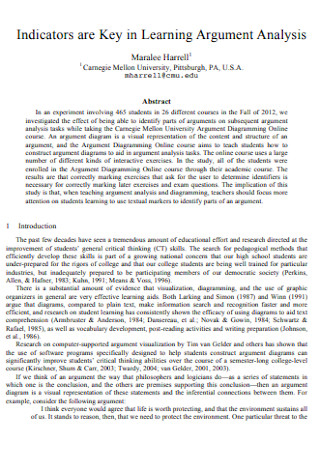
Sample Learning Argument Analysis
download now -
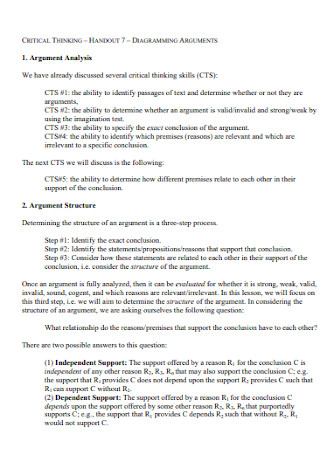
Standard Argument Analysis Template
download now -
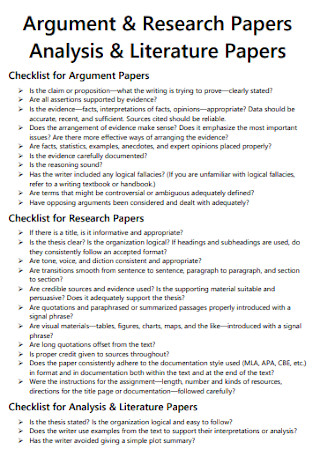
Argument Research Analysis Template
download now -
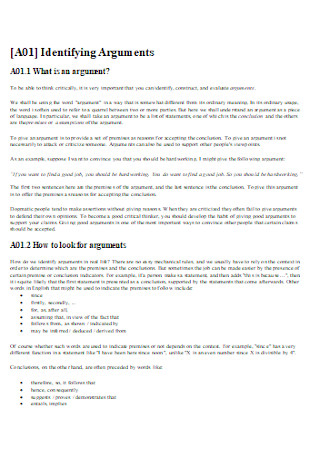
Argument Analysis Format
download now
FREE Argument Analysis s to Download
21+ Sample Argument Analysis Templates
What Is an Argument Analysis?
The Five Elements of an Argument
When to Use Argument Analysis
How to Write an Argument Analysis
FAQs
How do you present an argument analysis to an audience?
What makes a clear argument?
What is the argument structure?
What Is an Argument Analysis?
As literal as it sounds, argument analysis lets you analyze an argument. The argument may come from a newspaper article, an academic essay, a debate speech, etc. The analysis involves a systematic process in which the analyst interprets and evaluates an author’s claims. So, there are two main parties here—an analyst who conducts argument analysis and the author who presents the argument with supporting details. Is a person’s argument backed with supporting evidence and logical reasoning? Examine it. While evaluating, expect to consider various factors like what evidence, argument structure, conclusions, and assumptions were given. And if you follow the steps to conduct the analysis, which will be discussed later on, you develop an effective argument analysis.
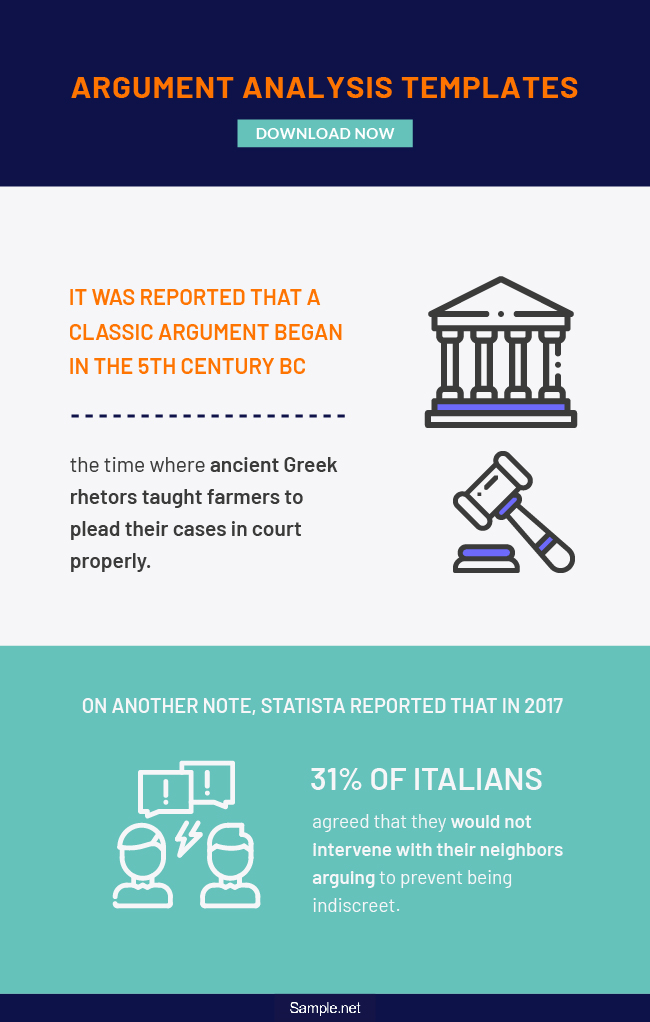
It was reported that a classic argument began in the 5th century BC, the time where ancient Greek rhetors taught farmers to plead their cases in court properly.
On another note, Statista reported that in 2017, 31% of Italians agreed that they would not intervene with their neighbors arguing to prevent being indiscreet.
Why Is Argument Analysis Essential?
Argument analysis is more than just identifying an argument. Examinations and assessments are part of the process to check if someone’s reasoning demonstrates any truth or falsehood logically. So, people should not just assume that every claim is an argument, or that each argument is considered valid or logical. And figuring it out is evaluated with analysis. Without analyzing, people might blindly believe what any person claims. Thus, argument analysis helps develop critical and analytical skills—a great practice to assess your thinking skills. And what is even better? Argument analysis is relevant to various applications aside from just debating in courtroom sessions.
The Five Elements of an Argument
Generally, there are five basic elements to find in an argument. They are the introduction, narration, confirmation, refutation, and summation. Expect all these components to help convince readers or audiences to understand your view. More so, to observe credibility and enable audiences to take your side. And without further ado, learn each element in this segment.
When to Use Argument Analysis
You already know that argument analysis works in different applications. But what are some actual examples of these applications? And how does argument analysis work in each example? In this section, we outlined certain examples of when to use argument analysis.
In School
Argument analysis can be taught in school, especially when schools improve students’ thinking and analytical skills. For example, there might be a school debate if people should intervene or ignore arguing neighbors. According to a survey, 31% of Italians agree not to intervene neighbors in an argument. And students can debate whether agreeing or disagreeing is the best answer.
At Work
On a more professional approach, argument analysis also happens at work. An example is when a manager gathers employees’ ideas regarding what program to do during a company’s anniversary and why it is good or bad. So, employees can voice their suggestions as claims. And each employee with a claim acts as the author to prove an argument.
In Business
Argument analysis can benefit a business in many applications. For example, arguments help present one’s knowledge about the industry, identify the customers’ concerns, or inquire about the sale. Maybe the lack of research causes a business to close. Hence, hearing out important claims that may help improve the business is essential.
In Court
Of course, it is no surprise that argument analysis plays well in court. Many claims presented in court will be analyzed to figure out the truth in the first place. And lacking supporting details and strong evidence will make claims null. That explains why meticulous investigation and data analysis are essential in legal applications.
How to Write an Argument Analysis
You were already introduced to the meaning, importance, elements, and applications of argument analysis. Now, prepare to conduct the argument analysis itself. In just six steps, you can already manage the process easily. And the steps to write an effective argument analysis are the following:
Step 1: Introduce Your Purpose
First things first, determine your purpose. Indeed, you are making an argument analysis. But what are you doing it in the first place? Is it for an educational essay or perhaps, for work purposes? Be reminded of the goals to avoid losing track in the process. Afterward, begin writing the introductory statement in a document. That part introduces the topic and outlines what it is about. And most importantly, do not forget the main points from the claims and assumptions.
Step 2: Identify and Understand the Argument
Just like a book report, there is no point in analyzing something without reading and understanding. First, know the argument’s context. Is the author convincing you of something? Second, recognize the conclusion. What exactly is the author convincing you? And lastly, learn the reasons behind the argument. Those factors must answer why you should believe the author’s claim. And this step already lets you succeed in argument identification, a basic method before the analysis.
Step 3: Evaluate the Argument’s Claims, Conclusions, and Assumptions
Next, review every claim, conclusion, and assumption of an argument because you will be evaluating them. To be more precise, you also assess quality. Also, jot down the evidence behind every claim or assumption in the body paragraph. And for the main dish of the process, analyze the content. Evaluations will help in seeing the argument’s errors and strong points. And in a debate, for example, this step is crucial in defeating the opposing side.
Step 4: Determine Counterexamples or Alternative Explanations
A counterexample refers to an example that disproves an argument. And in refuting, the counterexample can be hypothetical or real. Meanwhile, an alternative explanation refers to another version of what could have placed events in question. Thus, the alternative aims to refute or qualify the original explanation. And these two facets are vital to respond to anyone who refutes casually. Every example should still be reasonable or logical since making arguments is not a mere guessing game.
Step 5: Recognize Supporting Evidence that Weakens or Strengthens Claims
It is not enough to say that every evidence for a claim is valid. There are standards in analysis too. For example, an author might have made a persuasive claim in a document, but the evidence lacks a source. It is a no-no to mention statistics or any detail that has no reliable source. A tip is to research your details if they come from credible sources. Checking the domain authority of the sites you got the info from is one way to prevent fake news. Once you see whatever weakens and strengthens arguments, it will be easy to formulate better arguments.
Step 6: Change the Argument with Improvements
Finally, ask yourself the changes for an argument to be more impactful and plausible. After you followed the previous steps and analyzed everything, improving the argument will be much easier. Take out the flaws in the claim and ensure that the additional changes make the result much better than the original one. When you finally put it all together and feel confident with the outcome, share your argument analysis with the masses.
FAQs
How do you present an argument analysis to an audience?
Presenting the argument analysis can be done through a written or printed document, visual presentation, and speech. And to achieve it, be sure to make the presentation acceptable to the audience. Tailor the argument for specific audiences with the right purpose and context.
What makes a clear argument?
A clear argument gives structure to the whole argument. That means the arguments were written or presented concisely, understandably, and chronologically. And if all the argument’s elements are present, as discussed earlier, then it is clear.
What is the argument structure?
The argument structure refers to a collection of statements that work to convince the minds of an audience. Expect every argument to have a structure after conducting a thorough analysis. In simple terms, arguments possess an introduction down to the conclusion.
When you plan to make any argument work or be more acceptable to the public, always prepare an argument analysis to your recipe. Anyone can master how to hunt and identify an argument, but the analyzing process is where the challenge plays. By practicing your critical thinking skills, applying all the things taught earlier, and using ready-made argument analysis templates, you would become an effective argument analyst in no time.
